Skin Microbiome
Skin & the role of microbiomes
The skin is the outer part of the body that acts as a protective barrier against the outside world. It has different areas with varying characteristics.
Our body is home to a variety of tiny living things like bacteria, fungi, and viruses. They live on our skin and inside our bodies, forming colonies known as microbiomes. These tiny beings play a crucial role in keeping our skin healthy by participating in important physiological processes.
The microbiome also produces substances like lipids and acids that contribute to the formulation of the "acid mantle". This chemical barrier is importtant for creating an environment that keeps harmful bacteria away from our skin.
How microbiome is formed
Skin microbiome likely starts forming even before we are born.There is some evidence suggesting that a baby's first microbes can be influenced by the mother, and there's a difference depending on whether the baby is born vaginally or through a C-section. As you grow, your own collection of microbes develops and changes with age and exposure to the environment.
When you go through puberty, there is a big change in the microbiome on your skin. This change happens because hormones related to puberty cause certain glands to mature and produce more oil. After puberty, even though your skin is continually exposed to the environment and other factiors, the types of microbes on your skin stay pretty consistent.
Types of species inhabiting the skin
Recent studies using sequencing have looked closely at the different types of living things on our skin. These studies found that each part of our body has a unique collection of bacteria, fungi, and viruses. This happens because the specific mix of hair follicles and glands in different areas creates special conditions for these tiny organisms to grow.
Places with more oil on the skin, like the forehead and back, have a lot of bacteria called Cutibacterium, which is linked to acne. Moist areas, like the bends of elbows and knees, have different bacteria like Staphylococcus and Corynebacterium. Dry areas, such as the lower arms, have yet another set of bacteria.
Apart from bacteria, there are also fungi and viruses on the skin. The kinds of fungi vary depending on the body part, but the types of viruses, like Polyomaviridae and Papillomaviridae, are more individual-specific rather than being linked to a specific body part or the condition of the skin.
Microbiome disruptions & what does healthy microbiomes look like?
Understanding the "normal microbiome" is tricky if we only look at the microbiome by itself. We need to know how the tiny organisms talk to each other and to our skin.
Research mostly tells us that the skin microbiome on healthy skin stays pretty steady, even when we use things like cleansers and other personal care products that contain preservatives. This strong "microbial inertia" is a sign of a healthy microbiome.
But, if our skin's microbiota get messed up by harsh skincare routine or environmental factors like UV exposure, it can lead to skin dysbiosis. This imbalance is linked to different skin issues, like acne, eczema, psoriasis, and other inflammatory skin problems. In those cases, prebiotics, probiotics, and postbiotics become more important to help get the balanced microbiome.
The study of microbiome in personal care
Microbiology is a time-honored scientific discipline that revolves around comprehending the impact of individual organism on the human body. However, not until 1950s where the studies of modern microbiome started. For instance, the addition of zinc pyrithione in anti-dandruff shampoo formulation. Zinc pyrithione, with its broad-spectrum antimicrobial properties, acts to inhibit the growth of Malassezia on the scalp and therefore restoring the balance of the skin microbiome.
Incorporating microbiome concept in skincare
Prebiotics
Prebiotics are special compounds that help good bacteria in your skin grow and stay active. In skincare, prebiotics act like food for the helpful bacteria, creating a healthy environment on your skin. Things like oligo- and polysaccharides are examples of these helpful ingredients that support your skin's natural defenses and make your skin's protective barrier stronger.
Probiotics
Probiotics are tiny living things, usually good bacteria, that bring health benefits when you use them on your skin. Lots of studies have found that probiotics can improve skin's community of microorganism and help it be stronger and more diverse. Lactobacillus, Bifidobacterium, and Streptococcus are some common types of probiotics used in skincare products.
However, using live bacteria in skincare formulation poses several challenges. Live bacteria are sensitive to environmental factors like temperature, light, and air. So, formulation stability is indeed one of the biggest hurdles.
Postbiotics
Postbiotics are the leftovers made by good bacteria or their parts. They have things like peptides, organic acids, and proteins. In skincare, these leftovers can benefit the skin such as help with inflammation, act as antioxidant, and keep the skin moisturized.
MOIN's approach to skin microbiome
For our Postbiotic Restoring Night Serum, we added exopolysaccharides produced by marine planktonic microorganisms. These postbiotics can promote the growth of beneficial bacteria to achieve a balanced skin microbiome, enhance skin hydration, and also reinforce skin barrier. They also exhibit antioxidant properties, offering protecting against oxidative stress and smoothing out skin texture. Additionally, our serum formulation contains trihydroxybenzoic acid glucoside that is partially converted by skin microbiome into trihydroxybenzoic acid, which is a potent natural tyrosinase inhibitor.
Conclusion
The new findings about skin microbiome shows us that this field is not just a passing trend. It really changes the way we think about our skin, and viewing it as an intricate and complex ecosystem. By providing a multifacteded approach, MOIN aims to help you restore a balanced skin microbiota and therefore achieve healthy skin.
Source
- Lee HJ, Kim M. Skin Barrier Function and the Microbiome. Int J Mol Sci. 2022 Oct 28;23(21):13071. doi: 10.3390/ijms232113071. PMID: 36361857; PMCID: PMC9654002.
- Byrd, A., Belkaid, Y. & Segre, J. The human skin microbiome. Nat Rev Microbiol 16, 143–155 (2018). https://doi.org/10.1038/nrmicro.2017.157
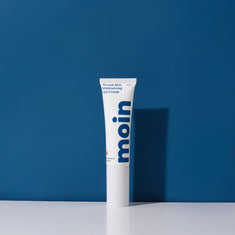
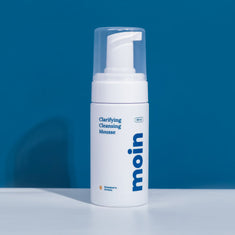
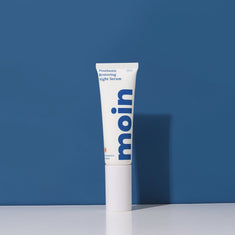
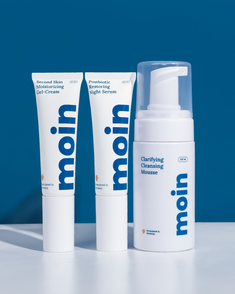
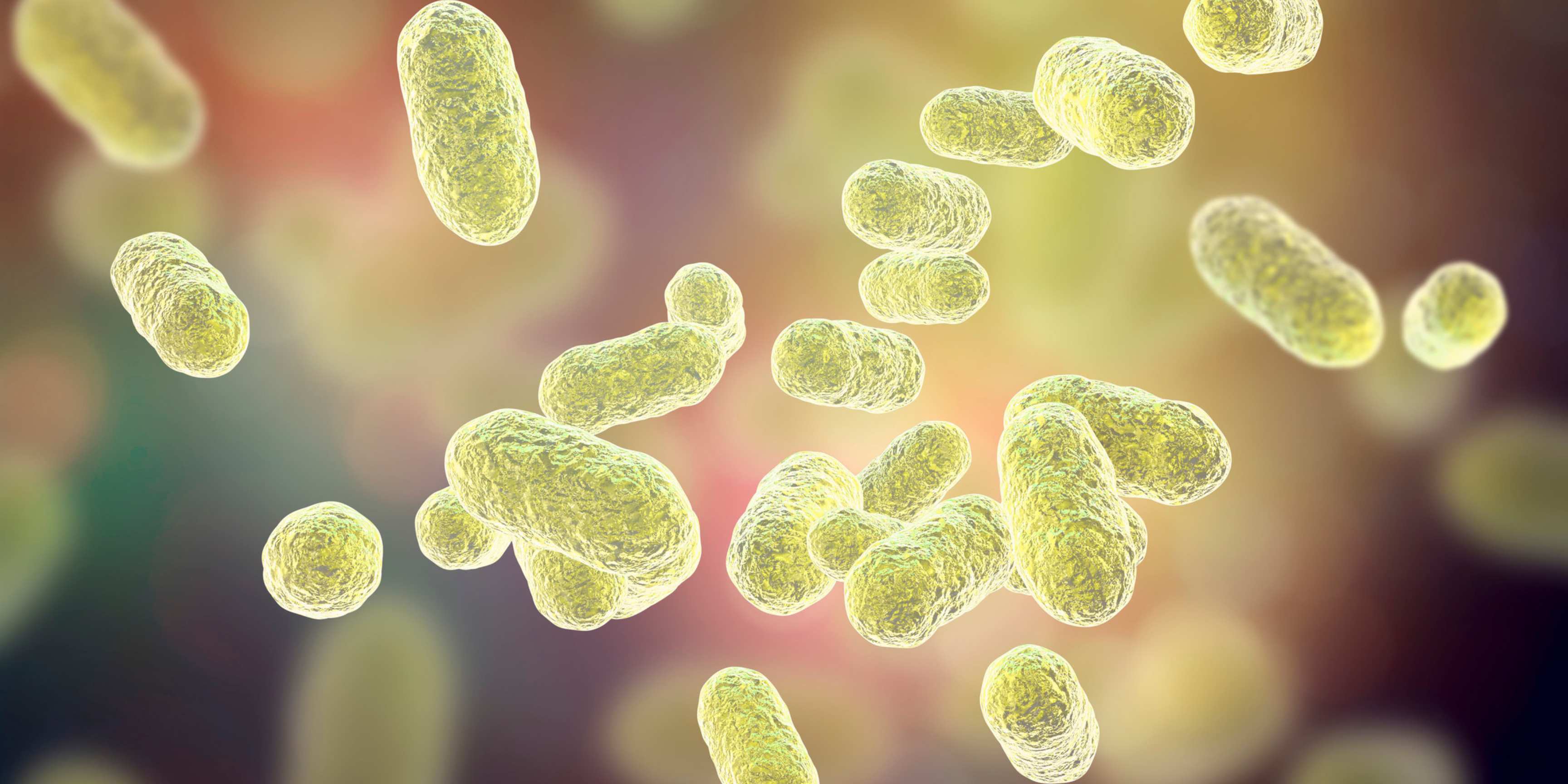
comments (3)
Ka gita keren bgt bisa research materi dan nulis ulang pemahaman ka git, so inspiring 💖
Info yang sangat bermanfaat kak git, secara ga langsung nambah pengetahuan dunia skin care dari pengetahuan basic tentang kulit yang kita miliki
info yang menarik dan sukaa sekali bacanya karena relate sama studikuu bioteknologi